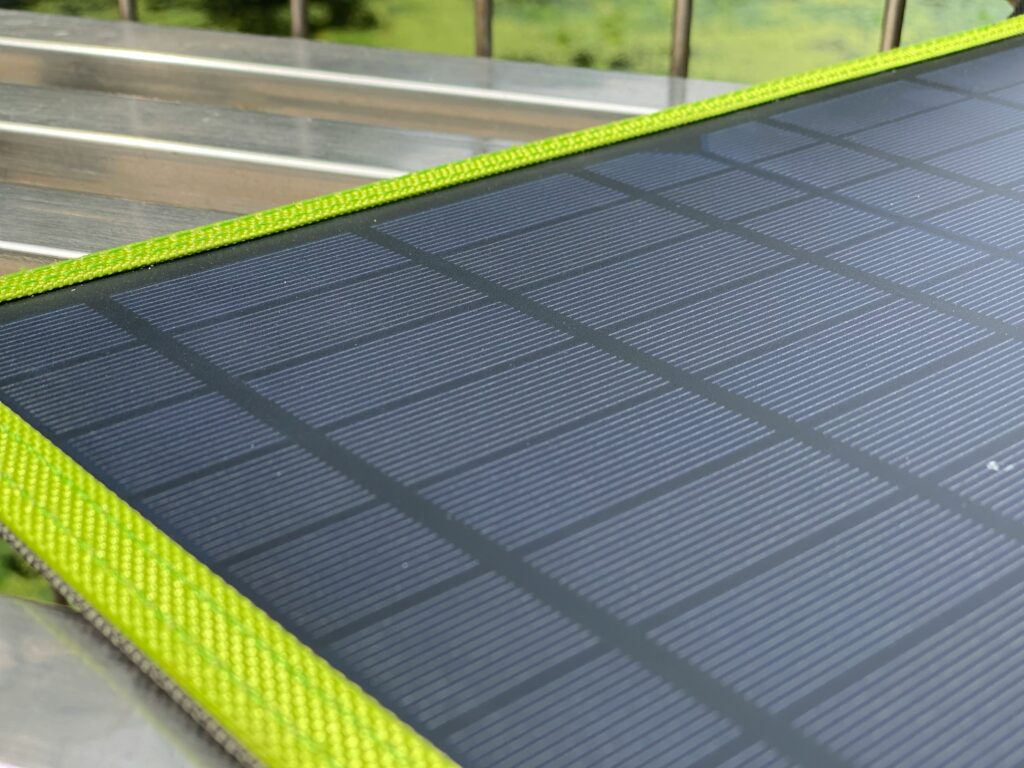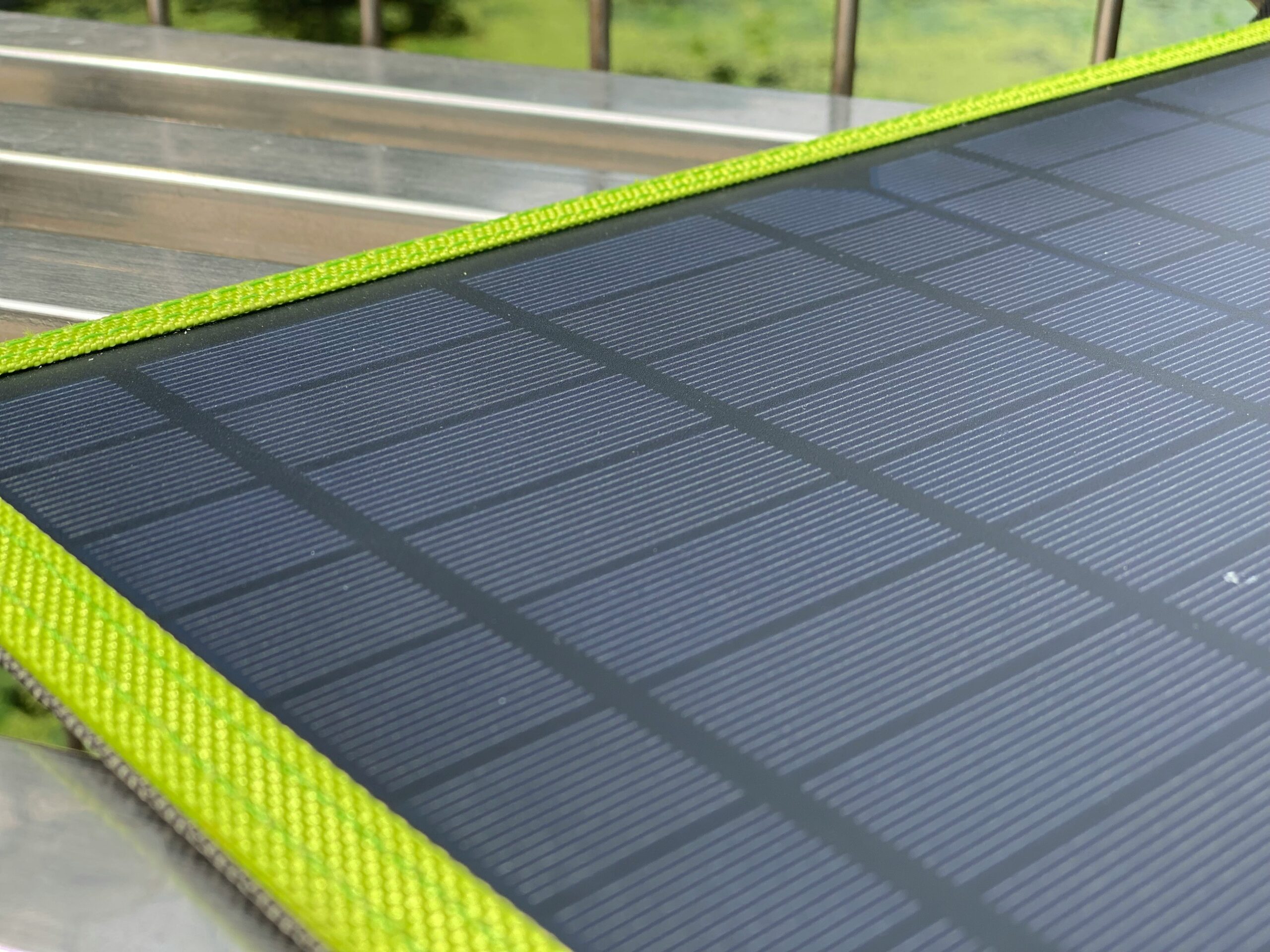Which Type Performs Best in 2025?
Solar panel efficiency is one of the most critical factors when choosing a solar energy system. Higher efficiency means more power generation in less space—but it often comes at a higher cost.
In this 8,000+ word guide, we’ll break down:
- How solar efficiency is measured
- The most efficient solar panels in 2025
- Real-world performance comparisons
- Emerging technologies that could revolutionize solar
By the end, you’ll know exactly which solar panel type is best for your home or business.

1. What Is Solar Panel Efficiency?
The Science Behind Efficiency Ratings
Solar efficiency measures how much sunlight a panel can convert into usable electricity. For example:
- 22% efficiency = 22% of sunlight becomes electricity
- The rest is lost as heat or reflection
Why Efficiency Matters
✔ More power in limited space (crucial for small roofs)
✔ Better ROI over time
✔ Lower installation costs (fewer panels needed)
2. Solar Panel Types & Their Efficiency in 2025
Monocrystalline Silicon (Mono-Si) – Best Efficiency
- Efficiency: 20-23%
- Pros: Long lifespan, space-efficient
- Cons: Most expensive
Polycrystalline Silicon (Poly-Si) – Budget Option
- Efficiency: 15-18%
- Pros: Lower cost
- Cons: Less efficient, shorter lifespan
Thin-Film (TFSC) – Flexible & Lightweight
- Efficiency: 10-13%
- Pros: Cheap, works in low light
- Cons: Degrades faster
| Panel Type | Efficiency | Cost per Watt | Lifespan |
| Monocrystalline | 20-23% | $0.90-$1.20 | 25-30 yrs |
| Polycrystalline | 15-18% | $0.70-$0.90 | 20-25 yrs |
| Thin-Film | 10-13% | $0.50-$0.70 | 15-20 yrs |
3. The Most Efficient Solar Panels in 2025
Top 5 Brands by Efficiency
- SunPower Maxeon 6 – 24.1% efficiency
- LG NeON R – 22.3% efficiency (discontinued but still available)
- Panasonic EverVolt – 22.2% efficiency
- REC Alpha Pure – 21.9% efficiency
- Qcells Q.Peak DUO – 21.4% efficiency
Are Premium Panels Worth the Cost?
- Yes if you have limited roof space
- No if you have ample space for more, cheaper panels
4. Factors That Affect Real-World Efficiency
Temperature Coefficient
- Panels lose 0.3%-0.5% efficiency per °C above 25°C
- Monocrystalline handles heat better
Shading & Angle
- Even 5% shading can cut output by 30%
- Optimal tilt = latitude of your location
5. Emerging High-Efficiency Solar Tech
Perovskite Solar Cells – The Future?
- Lab efficiency: Over 30%
- Expected commercialization: 2026-2028
Bifacial Panels – Double-Sided Power
- Gains 10-20% more energy from ground reflection
- Best for ground-mounted systems
6. Efficiency vs. Cost: What’s the Best Value?
Cost per Watt Comparison
| Panel Type | Efficiency | Cost per Watt | Watts per Sq. Ft |
| Monocrystalline | 22% | $1.10 | 18.5 |
| Polycrystalline | 17% | $0.80 | 14.2 |
| Thin-Film | 12% | $0.60 | 9.8 |
When to Choose Lower Efficiency Panels
✔ Large rooftops or open land
✔ Budget-focused installations
7. How Long Do Solar Panels Maintain Efficiency?
Degradation Rates by Panel Type
- Monocrystalline: 0.3-0.5% per year
- Polycrystalline: 0.6-0.8% per year
- Thin-Film: 1-1.5% per year
Real-World Example
A 22% efficient panel after 25 years:
- Monocrystalline: ~19.5% efficiency
- Thin-Film: ~15% efficiency
8. Solar Panel Efficiency in Different Climates
Best Panels for Hot Climates
- Low temperature coefficient (SunPower, REC)
- Avoid thin-film (degrades faster in heat)
Best Panels for Cold & Cloudy Areas
- Monocrystalline (performs better in low light)
- Bifacial panels (capture reflected snow light)
9. How to Maximize Your Solar Efficiency
Professional Installation Tips
- Avoid shading (trim trees, optimize placement)
- Correct tilt & azimuth (south-facing in the Northern Hemisphere)
Maintenance for Peak Performance
- Clean panels 1-2x yearly (dust reduces efficiency)
- Monitor system alerts (check for drops in output)
10. The Future of Solar Efficiency (Beyond 2025)
Tandem Solar Cells (30%+ Efficiency)
- Combines silicon + perovskite layers
- Expected in commercial panels by 2027
Solar Windows & Paint
- Transparent PV glass for buildings
- Still in early development
Conclusion
In 2025, monocrystalline panels remain the most efficient choice, but polycrystalline and thin-film can be better for budget buyers.
Key Takeaways:
✔ SunPower Maxeon 6 (24.1%) is the most efficient panel
✔ Efficiency drops 0.3%-1.5% yearly (depending on type)
✔ New tech (perovskite, tandem cells) will boost efficiency further
Next Steps:
- Get a solar assessment for your roof’s potential
- Compare quotes for high-efficiency panels
- Ask installers about degradation warranties
With the right panels, you can maximize savings and energy independence for decades!
